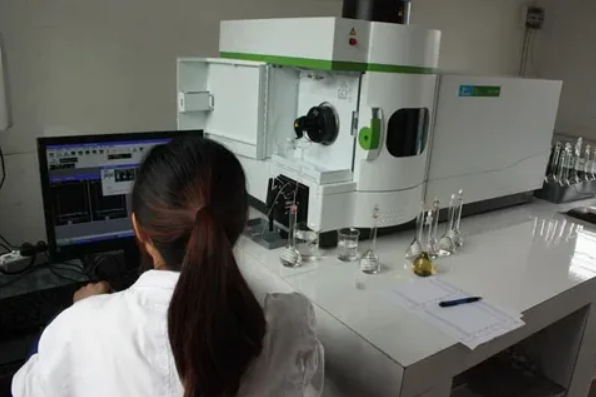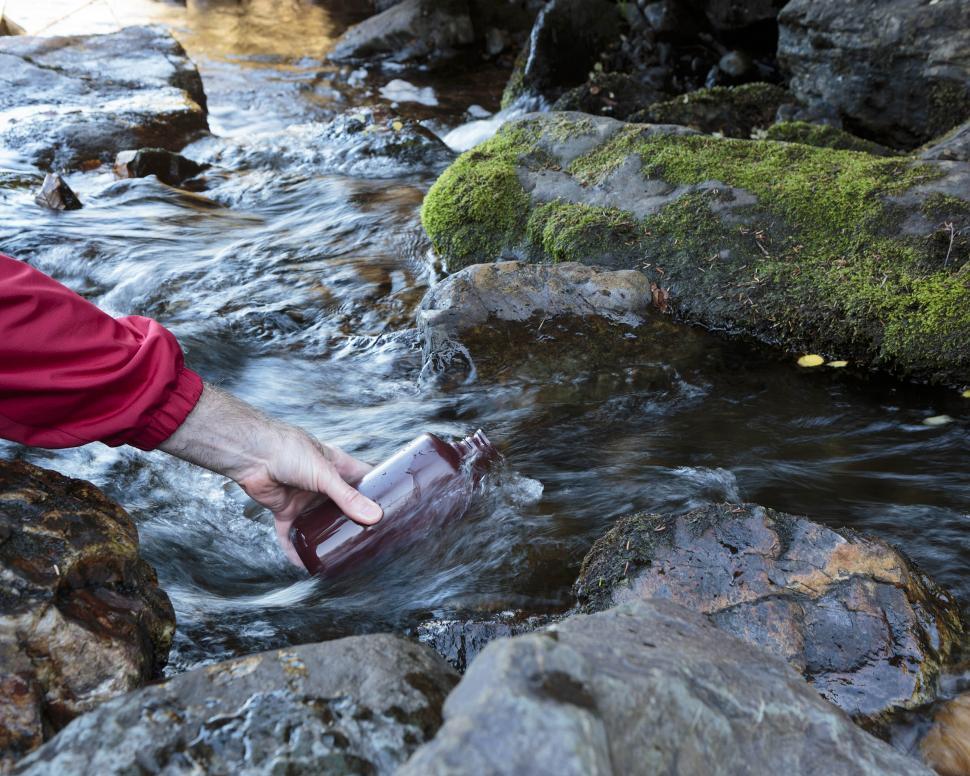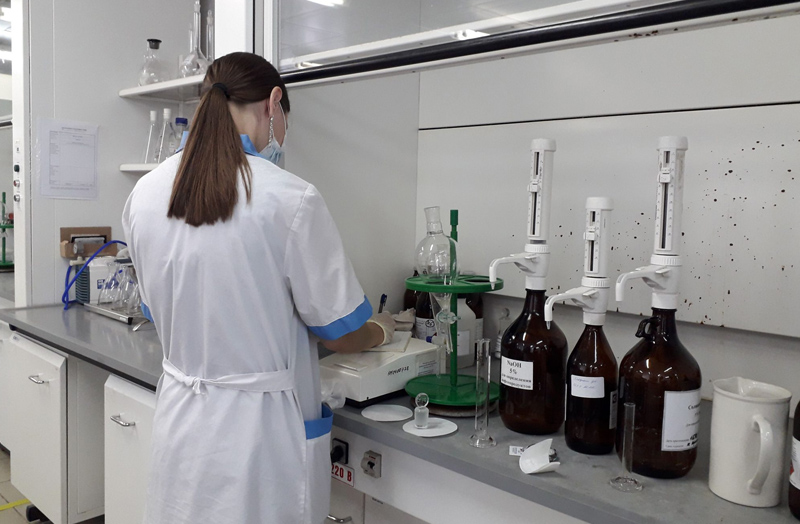Total organic carbon is a common indicator of water quality of organic matter in water. It represents the total amount of organic matter in water by carbon content. In fact, there are many types of organic matter in water, but these elements cannot be completely separated during testing. Since carbon is a common component of all organic matter, we can determine the pollution of organic matter by testing the total organic carbon in the water. This is the reason why total organic carbon is used to evaluate water pollution.
Today we will take a look at the method of using non-dispersive infrared method to determine the total organic carbon content in sewage. The principle is to use combustion oxidation to inject the collected sewage samples into the high-temperature combustion tube and the low-temperature combustion tube, and use a catalyst to react organic matter, carbonate, bicarbonate and other carbonaceous substances in the water to form carbon dioxide, and then pass the infrared gas detector. Determine the total carbon content and the inorganic carbon content, and finally calculate the total organic carbon content according to the formula.

Reagents and equipment required for testing
1. Total carbon standard solution
Weigh (2.215±0.002) g of potassium hydrogen phthalate that has been dried at 110°C for 2 hours, dissolve it in laboratory pure water, transfer it into a 1000 mL volumetric flask, and dilute to the mark with water. This solution contains 1 mg total carbon.
2. Inorganic carbon standard solution
Weigh anhydrous sodium carbonate (4.412±0.004) g and anhydrous sodium bicarbonate (3.497±0.003) g. Both reagents need to be dried in advance. Dissolve these two reagents in water and transfer them to a 1000mL volumetric flask. Dilute to the mark with laboratory pure water. 1mL of this solution contains 1mg of inorganic carbon. The prepared standard solution needs to be stored in the refrigerator.
3. Total organic carbon detector.
4. Micro injector 50ul, 100ul.
5. Compressed air cylinder.
Water sample collection and pretreatment method
The water sample must be analyzed immediately after collection, otherwise the organic compounds in the water will be oxidized or decomposed by microorganisms. If it cannot be detected in time, the water sample must be stored in a low temperature environment. If it is found that the total carbon concentration of the water sample is greater than the measurement range of the working curve, the water sample can be diluted with first-grade pure water that does not contain carbon dioxide. If the concentration of organic carbon in the water sample is very low, and the concentration of inorganic carbon is high, then Or when the total carbon concentration is less than 10mg/L, you can take a 20mL water sample and add a few drops of 50% hydrochloric acid to make the pH of the water sample 2. After passing in purified air for 2-5 minutes, the test is performed after removing the inorganic carbon in the water.

Total organic carbon detection steps
It is necessary to estimate the approximate total carbon content in the water sample before testing, so that the appropriate injection volume can be selected. In the same water sample, use a micro injector to take a sample and inject it into the total carbon injection port, and then take another sample and inject it into the inorganic carbon injection port for testing.
Working curve drawing
Total Carbon Working Curve
When configuring the standard series by diluting with the total carbon standard solution, you can choose from 1mg/L-50mg/L, 20mg/L-100mg/L, 40mg/L-200mg/L, etc. multiple ranges of concentration, each set of standard solutions must be selected at least 5 different concentrations, each concentration should be injected at least 3 times, take the average value, and then use the concentration as the abscissa and the measured voltage value as the ordinate to draw the total carbon working curve of different concentration ranges.
Inorganic Carbon Working Curve
Turn the switch valve position on the instrument to inorganic carbon, dilute the standard series with inorganic carbon standard solution, follow the drawing steps of total carbon working curve, and draw inorganic carbon working curves with different concentration ranges.

Things to pay attention to when testing
1. In the test, the inorganic carbon standard solution below 30mg/L should be used and prepared immediately to prevent it from being oxidized in contact with the air for a long time.
2. The water removal device of the instrument should be replaced regularly to prevent the water vapor generated after the water sample is burned from affecting the test results.
3. In the normal use of the instrument, when the water sample or standard solution is injected, if the parallel test is not good, check whether the catalyst is invalid, and replace it according to the corresponding instrument manual.



